Brian Setzer talks Setzer Goes Instru-Mental! track-by-track
The rockabilly legend gives us the lowdown on his instrumental guitar album
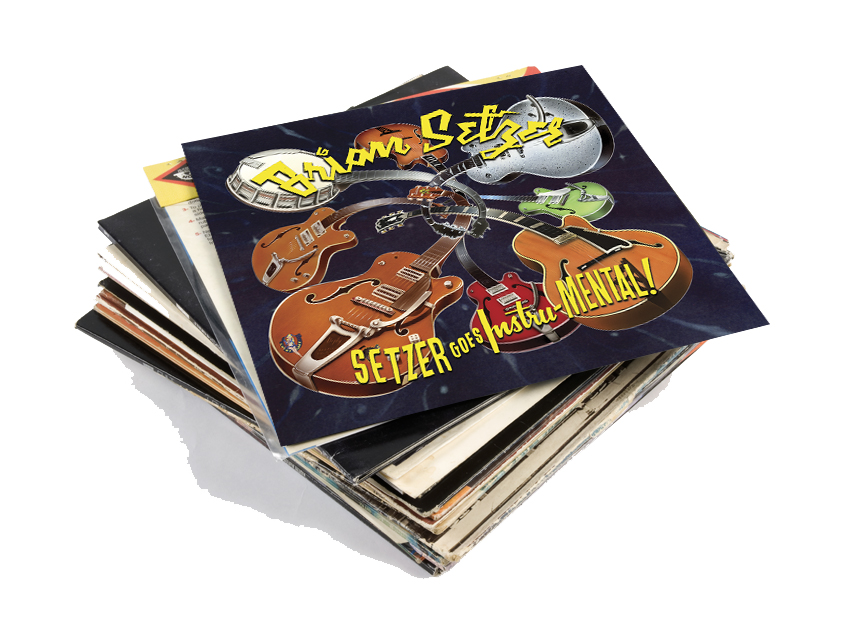
Setzer Goes Instru-MENTAL!
Landing an interview with rockabilly guitarist Brian Setzer is about as easy as beating next week’s lottery numbers out of the Loch Ness Monster. But dang it all, we’ve managed to persuade him to give us a track-by-track commentary of his brilliant new album, Setzer Goes Instru-MENTAL!
The title isn’t just a clever name, even if the instrumental thing was a bit of a fluke. “I had about six or seven songs written.” says Setzer. “Then I started fooling around with Blue Moon Of Kentucky and it wound up being an instrumental record.” Speaking of which...
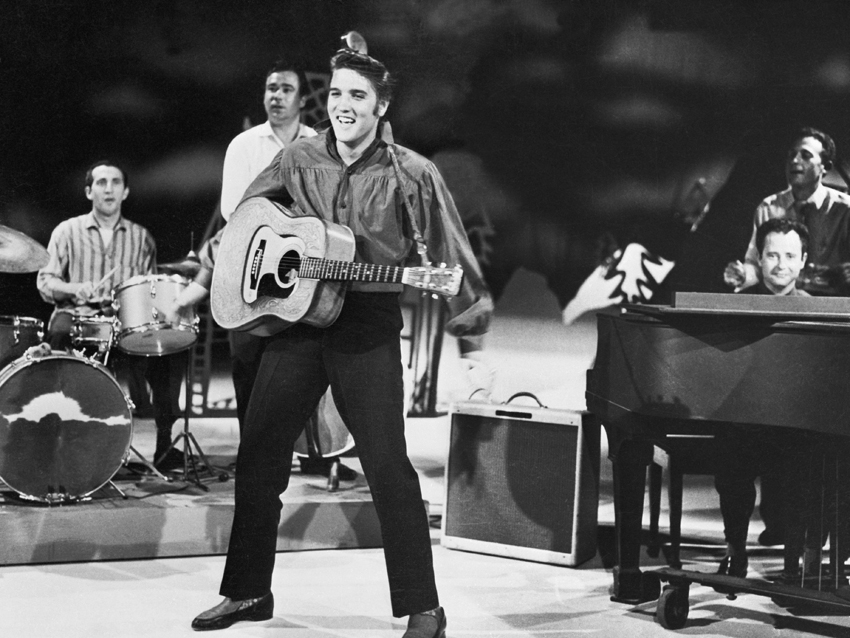
Blue Moon Of Kentucky
Originally released by Bill Monroe and The Blue Grass Boys in 1947, Blue Moon of Kentucky was cut by Elvis Presley in 1954 as the B-side of his debut Sun single, That’s All Right.
“I was working off the Elvis version, the whole Scotty Moore thing,” says Setzer. “It’s a traditional bluegrass song, so I put some jazz chords behind it. All of a sudden, I had something unique. That’s what makes it worthy. You can’t do it better than Elvis!”
Brian’s tone is killer as ever. “That’s my ’59 Gretsch 6120, ’63 Fender Bassman and Roland Space Echo,” he says.
Listen: Elvis Presley - Blue Moon Of Kentucky
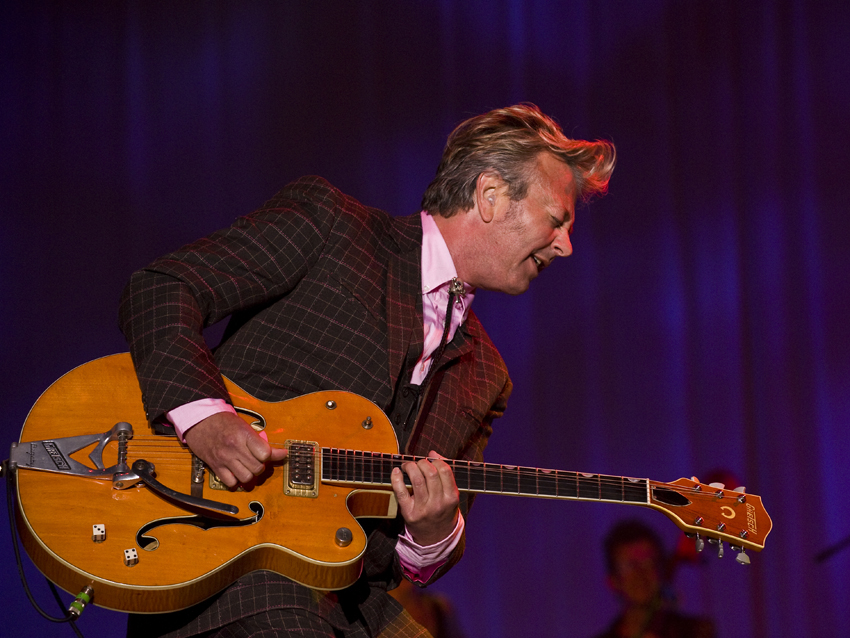
Cherokee
Brian’s take on this 1938 jazz standard features some of his most mindblowing playing yet.
“I guess I wanted to prove to myself that I could play jazz,” laughs Brian, who used a rare D’Angelico hollowbody guitar for the recording.
“That’s a beauty,” he comments. “It’s a blond ’63 Excel cutaway. Some old guy in Florida had it. I didn’t steal it from him or anything! I paid a premium.”
Brian also plays his ‘Tribute’ Gretsch on the track. “When that comes in, it kind of slaps the jazz guitar in the face. It’s like: ‘Listen to this!’”
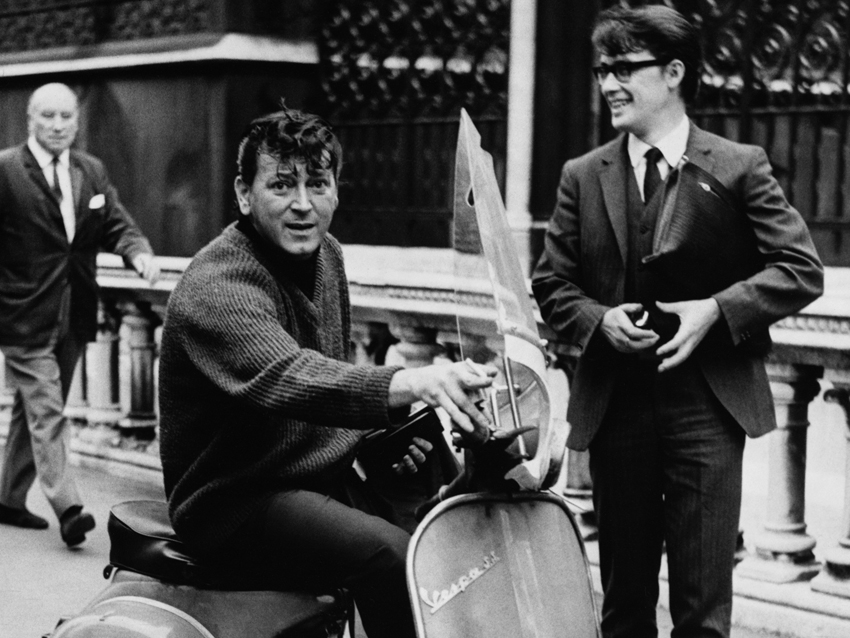
Be-Bop-A-Lula
Who’d have guessed Gene Vincent And His Blue Caps’ ’56 classic would make a killer instrumental?
“That’s what I said!” agrees Brian. “‘What, no-one’s done this?’”
He references original Caps guitarist Cliff Gallup’s solo too. “That solo!” he exclaims. “You couldn’t wait for it. Maybe I didn’t do it exact, but I had to get near it. I just wanted to get the feel of it.
“The rhythm guitar on that was the D’Angelico. It has a DeArmond Rhythm Chief pickup, but I recorded it acoustically.”
Listen: Gene Vincent And His Blue Caps - Be-Bop-A-Lula
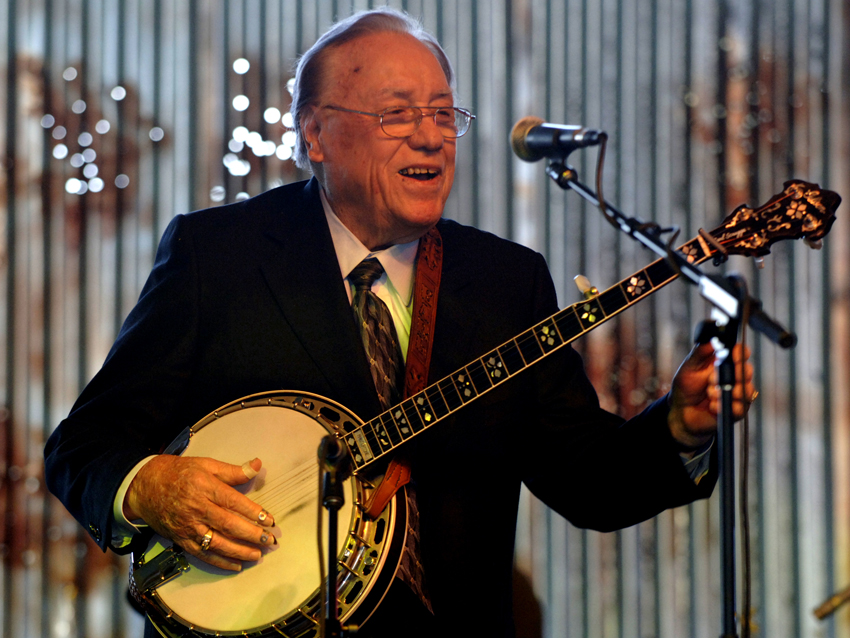
Earl's Breakdown
Brian shows off his banjo chops on this Earl Scruggs classic.
“I don’t know if that’s the ‘proper’ bluegrass way to play the banjo” he says. “It doesn’t matter to me. I’m playing straight bluegrass on my Gibson ‘Earl Scruggs’ banjo, but the guitar chords behind it are jazz substitutions.”
We wondered if Brian’s Travis picking skills helped when playing banjo. Can of worms officially opened!
“It’s funny how people call that Travis picking,” he replies. “They don’t call it Chet Atkins picking! Well, I can’t tell you that I play ‘Travis picking’ on the banjo... or guitar. I just call it my punk rock banjo playing!”

Far Noir East
This Setzer original sounds like a cross between Harlem Nocturne and Jade Idol from the Stray Cats’ killer ’92 Choo Choo Hot Fish album.
Brian turned to another vintage Fender amp for the recording’s haunting film noir tone. “That’s a ’61 Twin... before they had reverb in them,” reveals Brian. “I’ve got a matching [standalone] Fender reverb unit.
“I got it all fixed up and wrote three songs for the album using that sound: this one, Go-Go Godzilla and Hot Love. I just kept turning up that reverb until somebody told me to turn it off!”
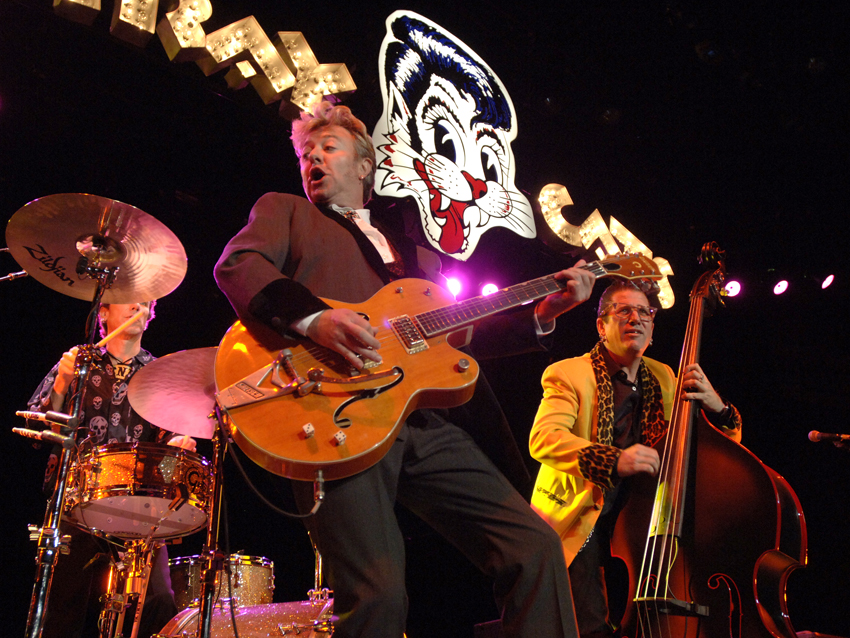
Intermission
Apparently, Brian was channelling early swing guitar genius Charlie Christian during the recording of Intermission.
“I used an old Gibson Super 400 with the floating pickup,” he says before zeroing in on his favourite part of the tune. “I really like the bridge with that whole tone scale.”
Another original Setzer track, Intermission features a brilliant duet between Brian’s Gibson guitar and a vibraphone played by a fella called Steve Yeager, who plays for the symphony orchestra in Brian’s adopted home of Minneapolis.
“You don’t hear that sound very often.” says Brian. “Guitar and vibes... it just works!”

Go-Go Godzilla
“I wrote that for Chris Cheney from The Living End,” says Brian of his surf guitar track. “I sent it to him, but I don’t know if he’s ever gonna do it. I thought he’d write lyrics for it. In the meantime, I cut it instrumentally.”
The song is featured in the soundtrack of a new movie called Soul Surfer. It turns out that Brian’s timing was impeccable.
“They called me up and asked me if I had a surf song,” he recalls. “I had just recorded Go-Go Godzilla, sent it to them and they loved it!”
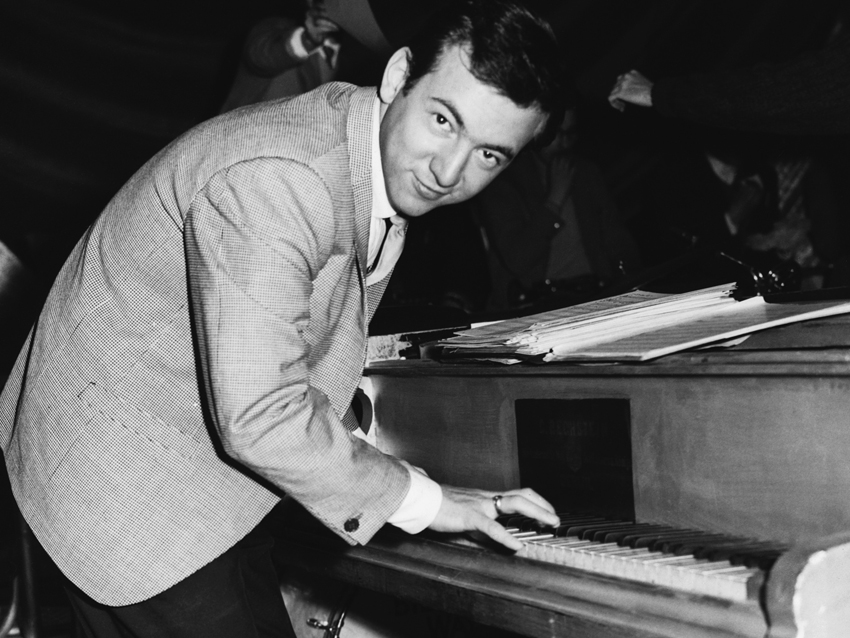
Lonesome Road
Written in 1927, Lonesome Road has been covered about a squillion times.
“I was thinking of the Bobby Darin version,” says Brian. “Again, I combined rock ’n’ roll rhythm parts with jazz guitar to make something new.
“The lead guitar is the ’63 D’Angelico; the rock ’n’ roll riff is the Gretsch.”
Lonesome Road is a classic example of the skilful way Setzer can maintain a listener’s attention all the way through one of his instrumentals.
“I think you have to take a unique approach to the song,” he says. “You’ve got to change it up. Play the melody and put some hot-ass solo in there.”

Hillbilly Jazz Meltdown
An unaccompanied compendium of Cliff Gallup-style jazz runs, Chet Atkins picking and blistering Jimmy Bryant-esque lead, Brian sounds like he’s playing off the cuff here. But he isn’t.
“I had all those little parts written,” says Setzer. “I recorded them on an old cassette recorder, but just because I can hear them doesn’t mean that I can play them again. So I write them out, sewing it all together like you would string a necklace, then memorise it.
“A song like that is all thought out unlike, say, Blue Moon Of Kentucky where the solo is improvised.”

Hot Love
Brian’s hardly strayed into surf music over the past 30 years, then gets his brothel creepers wet twice on the same album.
“What happens is I’ll write something in the same direction and then say, ‘OK, it’s time to change it now’,” Brian explains. “I wouldn’t have a whole album of one thing.”
Hot Love features the same standalone Fender Reverb unit used in Far Noir East and Go-Go Godzilla, cranked way up.
“That was just me going crazy with that,” admits Brian. “I wanted to get a ‘60s surf sound, inspired by Dick Dale. I can picture that in some beach movie.”

Pickpocket
The greatest rockabilly guitarist alive rips it up on an original tune driven by some old-school sampling, using living, breathing musicians instead of machines.
“I stole DJ Fontana’s drum solo on the Elvis version of My Baby Left Me,” confesses Brian. “I made it the beat of the song.”
Like much of the record, Pickpocket features Brian’s ‘Tribute’ Gretsch 6120 guitar and his beloved ’63 Fender Bassman amps.
“The ’63 doesn’t have the rectifier tube, it has the solid-state rectifier,” he explains. “It’s just a tighter sounding amp. I guess I’ve got about a dozen of them now!”
Brian Setzer goes Instru-MENTAL! is out now. Buy it via iTunes or Amazon.
“I’m beyond excited to introduce the next evolution of the MT15”: PRS announces refresh of tube amp lineup with the all-new Archon Classic and a high-gain power-up for the Mark Tremonti lunchbox head
“These guitars travel around the world and they need to be road ready”: Jackson gives Misha Mansoor’s Juggernaut a new lick of paint, an ebony fingerboard and upgrades to stainless steel frets in signature model refresh
“I’m beyond excited to introduce the next evolution of the MT15”: PRS announces refresh of tube amp lineup with the all-new Archon Classic and a high-gain power-up for the Mark Tremonti lunchbox head
“These guitars travel around the world and they need to be road ready”: Jackson gives Misha Mansoor’s Juggernaut a new lick of paint, an ebony fingerboard and upgrades to stainless steel frets in signature model refresh











